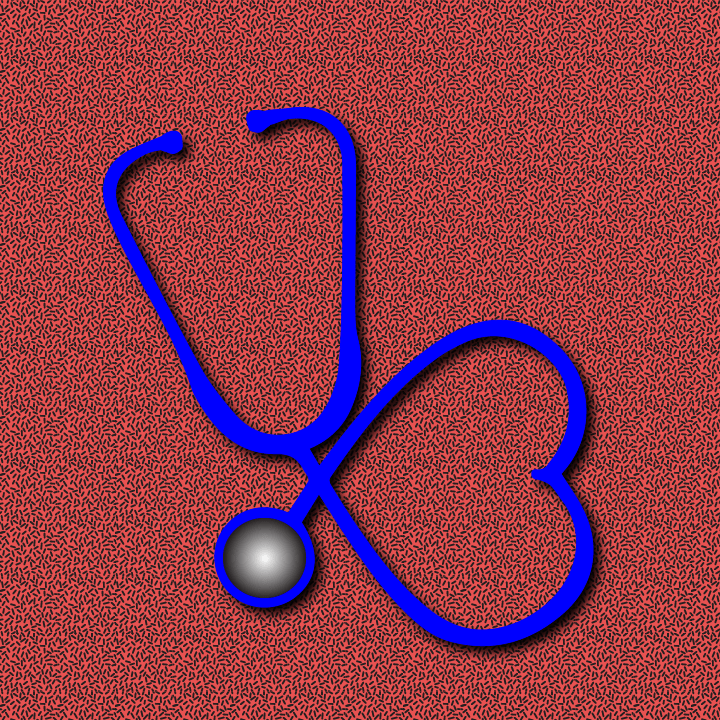What is Transcranial Magnetic Stimulation/TMS Therapy?
Transcranial magnetic stimulation, otherwise known as TMS therapy, is a non-invasive technique where magnetic fields are used to stimulate the brain.
TMS therapy is used in people suffering from depression. It is an alternative to other forms of treatment like psychotherapy and antidepressant medications. TMS therapy is painless and highly preferred by most patients.
How does TMS Therapy Work?
TMS treatment for depression follows a certain process. The therapy is conducted by a TMS physician/TMS technician.
Before the therapy begins, you should get rid of any magnetic-sensitive objects or items on your body like credit cards and jewelry. For comfort and ear protection, you’ll be asked to put on earplugs. Also, the process is conducted while the patient is sitting.
The therapy involves placing a magnetic coil against the scalp close to the forehead. Before the coil is placed on your head, the therapist must conduct various measurements to determine the right position of placing the magnetic coil. The coil conveys a magnetic pulse stimulating the nerve cells in the part of the brain that manages depression and mood control.
The physician then applies multiple brief pulses to measure the patient’s motor threshold. This ensures that the treatment settings are personalized according to the patient’s motor threshold.
During the TMS therapy, the patient will experience a sequence of clicking sounds and a tapping sensation under the coil.
Depending on various factors, the TMS treatment can last anywhere between 30 to 60 minutes, and you’re good to resume normal activities afterward. However, you’ll need to come back for the same procedure about five days a week and continue doing so until five to six weeks. However, this period can vary depending on how the patient responds to treatment, among other things.
Why Go for TMS Therapy?
There are many reasons why most patients go for transcranial magnetic stimulation/TMS therapy. First, the treatment is non-invasive. This means nothing will be inserted into your body during the treatment. Also, the treatment is painless. Pain is not something most people love. Anyone will always go for a painless alternative if it’s available.
In addition, TMS therapy has reported a high efficacy rate compared to other depression treatment methods like antidepressants. When it comes to health matters, effectiveness is essential.
Furthermore, TMS therapy is an outpatient treatment that allows patients to get treatment while continuing with their daily activities.
The FDA approved transcranial magnetic stimulation in 2008 for the treatment of depression. This means it is a safe method. And in the future, we could see TMS therapy being used to treat other brain disorders like obsessive-compulsive disorder (OCD), Tinnitus, generalized anxiety, and cognitive impairments.
Side Effects and Cons of TMS Therapy
Despite its high efficacy, TMS therapy has some cons and side effects.
Patients experience mild to moderate side effects which disappear after some time. The possible side effects include.
- Headache
- Lightheadedness
- Tingling, twitching, or spasm of facial muscles
- Scalp discomfort
Some patients experience seizure and hearing loss, especially if their ears are not well covered during the therapy. Those with bipolar disorder complain of mania. However, such cases are rare.
One of the downsides of TMS therapy is that the patients keep visiting the treatment center until they get well. This can be tiresome, especially if you do not respond to the treatment in a short period. It can also be expensive if you have to cover a long distance to get the treatment. You’ll need to pay for transport costs daily.
TMS therapy takes a long time; for instance, a patient may need more than 30 treatments to get better. Also, some insurance policies may decline to cover your TMS therapy costs. You should find out if your insurance policy will cover the costs.
Transcranial magnetic stimulation/TMS therapy is a non-invasive and painless procedure used to treat depression. The procedure is conducted by a TMS technician or physician, and it follows a specific sequence. The treatment is an outpatient service, has high efficacy, and is FDA approved. However, it has some side effects, including headache and scalp discomfort, which go away after multiple sessions. The therapy takes time to work, usually four to six weeks of regular visits.






